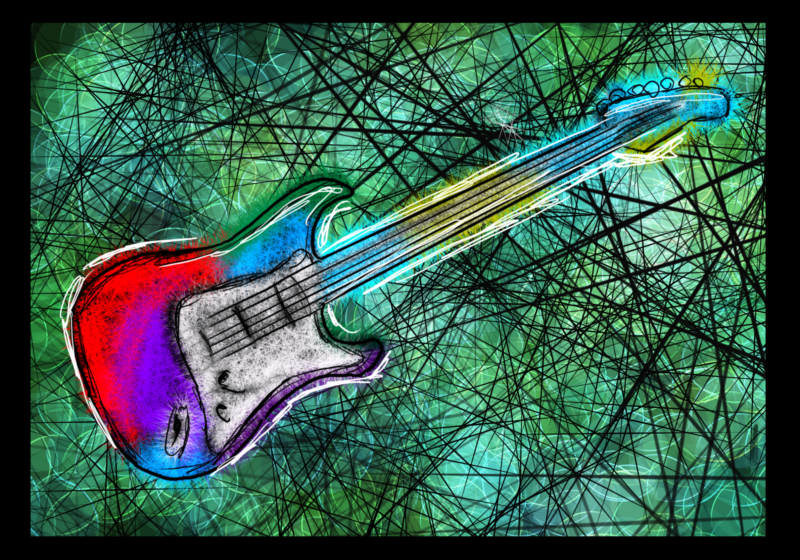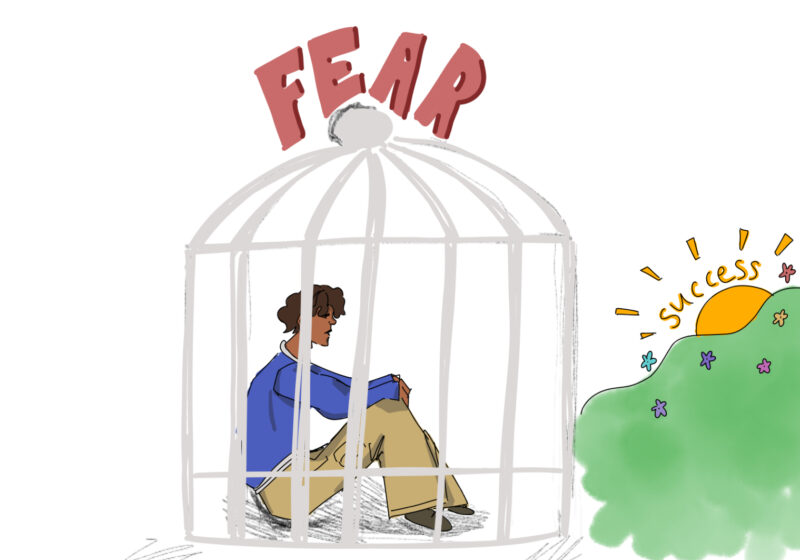Four different music groups played last Friday evening in the Wind Symphony, Brass Choir, and Jazz Ensemble concert in Strong Auditorium, all of them conducted by director William Tiberio.
In general, I space out a lot, but instrumental music makes me really meditative. I like the sort of music offered up by the Wind Symphony, Brass Choir, and Jazz Ensemble because it lets my mind go places freely. It’s the same reason that I like to sit through the credits in a movie theater, just listening to the soundtrack. There’s a clarity to my thought that I don’t really get anywhere else.
As soon as the Brass Choir began, I experienced an epiphany that I love tuning. In this case, tuning is when all of the instruments will be playing specific notes to make sure everyone’s in the right key; nothing’s screwy with any of the instruments, etc. For me, tuning is like an instrumental hype man, the appetizer. It says to me, “Here are the instruments you’re going to hear, and boy are you in for a treat, because just listen to them play a [whatever] note.” People reading this might think I’m being snarky. I’m completely sincere here: I love it.
The first thing I have in my notes for the Brass Choir’s first song is that it “feels very American.” It felt appropriate for a soldier’s tribute. I still think so, even though I looked at the programme and learned that the piece is called “Australian Up-Country Tune.” It was beautiful, though, and I challenge you to give Brass Choir’s rendition a listen and not have a fawning and wondrously mythic America rushing through your mind. (Though perhaps the fact that it comes from another country makes it all the more profound.)
The jazz ensembles both gave good, showy performances. The soloists in all cases were wildly skillful. It was toward the end of the Tuesday ensemble’s performance that I realized how much I love trumpets. There’s something so lonely about them. Even in a group, they feel solitary. It’s sad but hopeful in a way that I can’t fully describe.
The Thursday ensemble’s joyous, multilayered, upbeat rendition of “Blackbird” was one of the highlights of the evening. The number featured (of course) a blasting, fun trumpet section as well as an enjoyably peppy bass performance.
Wind Symphony immediately reminded me of how much I love watching those old movies with overtures at the beginning, when they played a song called “Go,” by Samuel Hazo, that ranged from sinister to triumphant. Perhaps the highlight of the whole evening was a fascinating song performed by Wind Symphony that used voice, pencil tapping, and one foot-stomp, “Homecoming” by Alex Shapiro.
It was here that something first occurred to me. Maybe more than anything, I like the atmosphere of live instrumental music. In most other live performance arts, somebody is talking, addressing you, interacting with you. With instrumental, it’s really just you, the musician, and the music. In a week, school, and world so hectic, it’s nice to enjoy, for two hours, such a simple relationship.





